
A New Way to Dinner, co-authored by Food52's founders Amanda Hesser and Merrill Stubbs, is an indispensable playbook for stress-free meal-planning (hint: cook foundational dishes on the weekend and mix and match ‘em through the week).
Order nowPopular on Food52
Continue After Advertisement
22 Comments
I A.
March 19, 2015
to Tamara LaBaer and Kolo .... yes, you place the cartouche on top of the simmering fish in the flavored broth. I cannot explain why no one wanted to answer you sooner. So, sorry about that!
BTW, you can watch Martha Stewart try and demonstrate her technique for making the right size cartouche for your cooking vessel by searching on her web site. It is fun to try. Never works for me, however, as I am clueless when it comes to following such a formula ! Happy Cooking!
BTW, you can watch Martha Stewart try and demonstrate her technique for making the right size cartouche for your cooking vessel by searching on her web site. It is fun to try. Never works for me, however, as I am clueless when it comes to following such a formula ! Happy Cooking!
Tamara L.
January 19, 2014
After the fish goes into the broth,(the Court bouillon)is the
cartouche placed on top of the simmering fish in the flavored broth? If I'm not describing it correctly, please set me right.
cartouche placed on top of the simmering fish in the flavored broth? If I'm not describing it correctly, please set me right.
Tamara L.
February 21, 2014
Camille Becerra, please address my question and Kolo's above. Somehow it was missed. Thanks.
CarlaCooks
January 14, 2014
Thanks for the short lesson. I look forward to trying this technique. Do you have a guide or general rule of thumb for cooking time/thickness of the fish? On an unrelated note, I love your t-shirt! Very cool, and I totally agree :)
Camille B.
January 14, 2014
minute per oz. usually, thicker the fish the better...
and as for the t-shirt, thanks. :)
and as for the t-shirt, thanks. :)
Poires A.
January 14, 2014
I particularly like poaching salmon in milk then using the milk to make a white sauce flavoured with herbs - it produces such lovely salmon that doesn't make the house smell like frying and doesn't dry the fish out.
Camille B.
January 14, 2014
mmmmm, sounds lovely, i love milk poached anything and never have done so with salmon. thanks.
rynnybit
January 13, 2014
are the pieces of fish typically about the thickness shown in the last photo?
Camille B.
January 14, 2014
i used cod. the thicker the better, they are less flakey and more meaty, which is ideal for poaching.
Ivy H.
January 13, 2014
Not the smartest question, but how do you choose a suitable (red or white) cooking wine? Would the selection depend on the recipe as well?
C K.
January 13, 2014
red wine is used mostly for meats & deglazing, and white for fish/seafood also good for deglazing as well...
pamela
January 13, 2014
i usually use an inexpensive, dry french wine. my favorite is 'le vieille ferme'.
Camille B.
January 14, 2014
yup. red wine will color the fish... not really eye appealing. inexpensive dry table wines are safe bets.
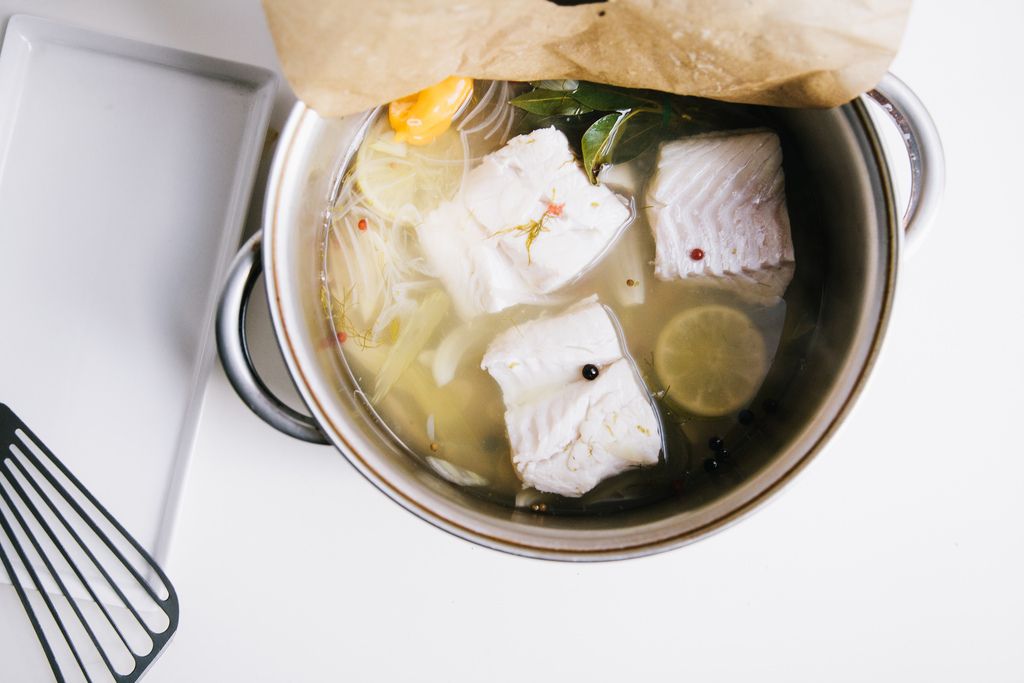
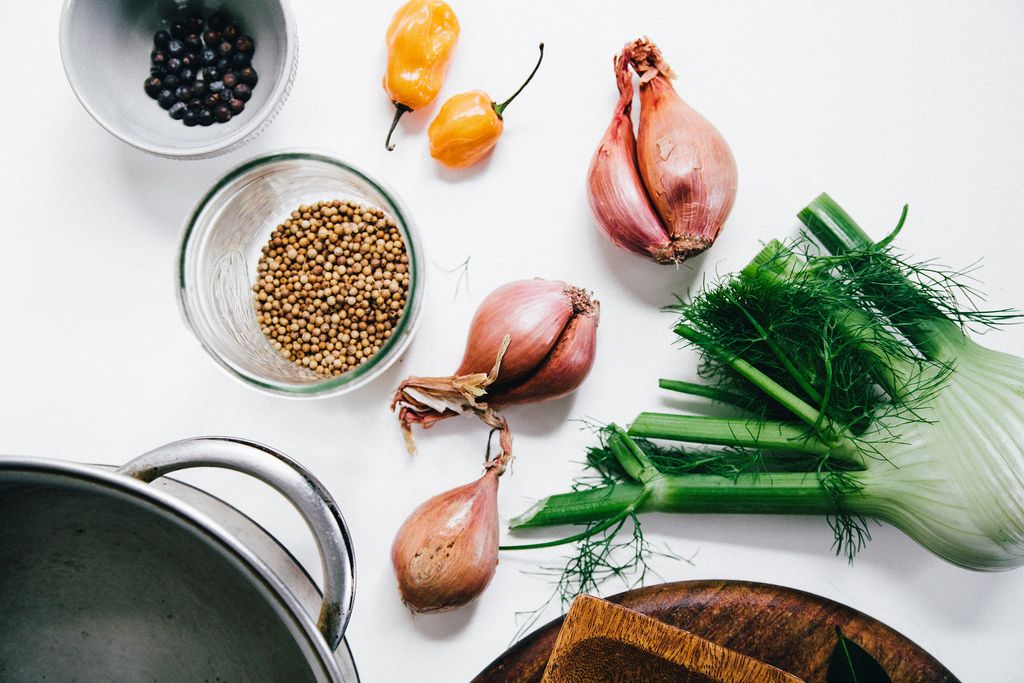
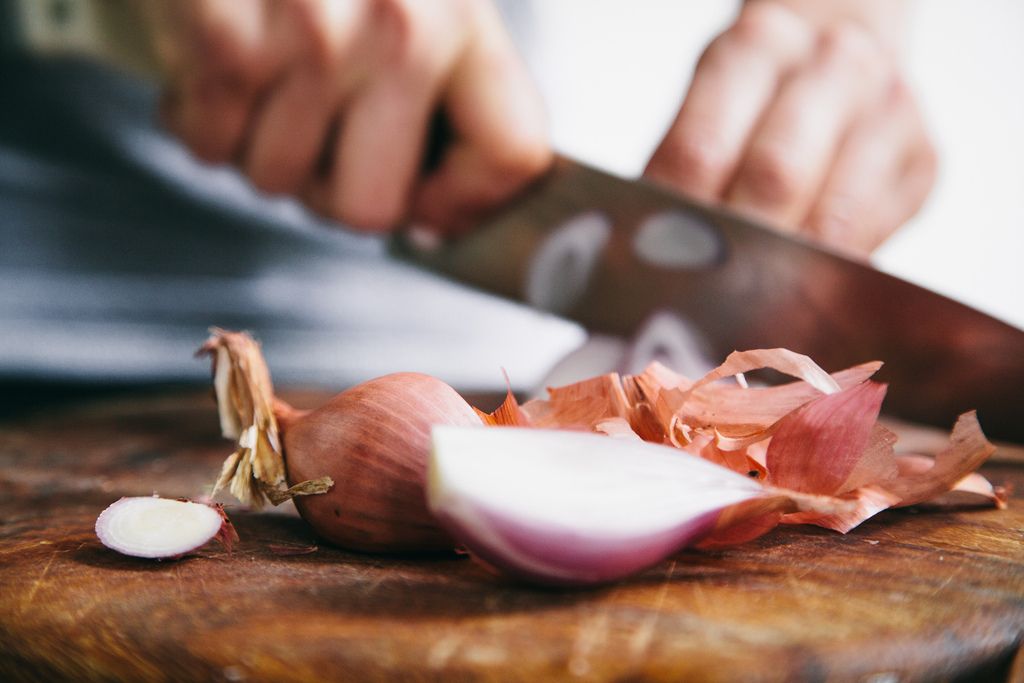
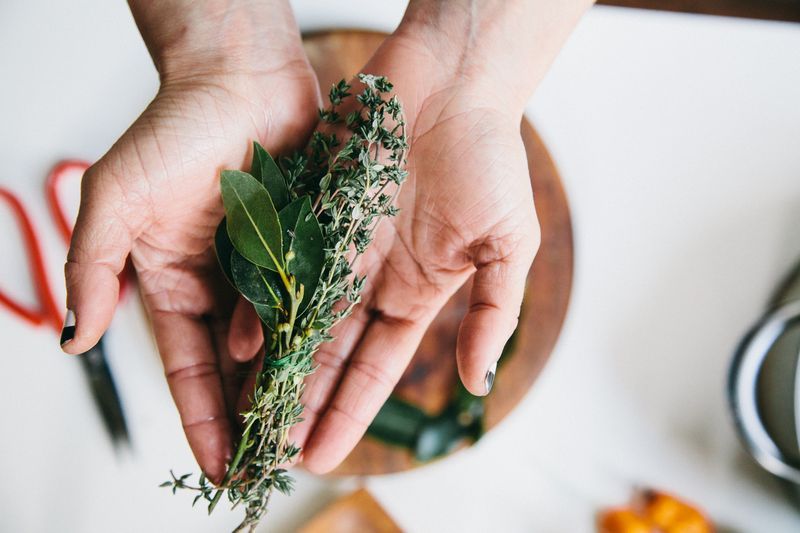
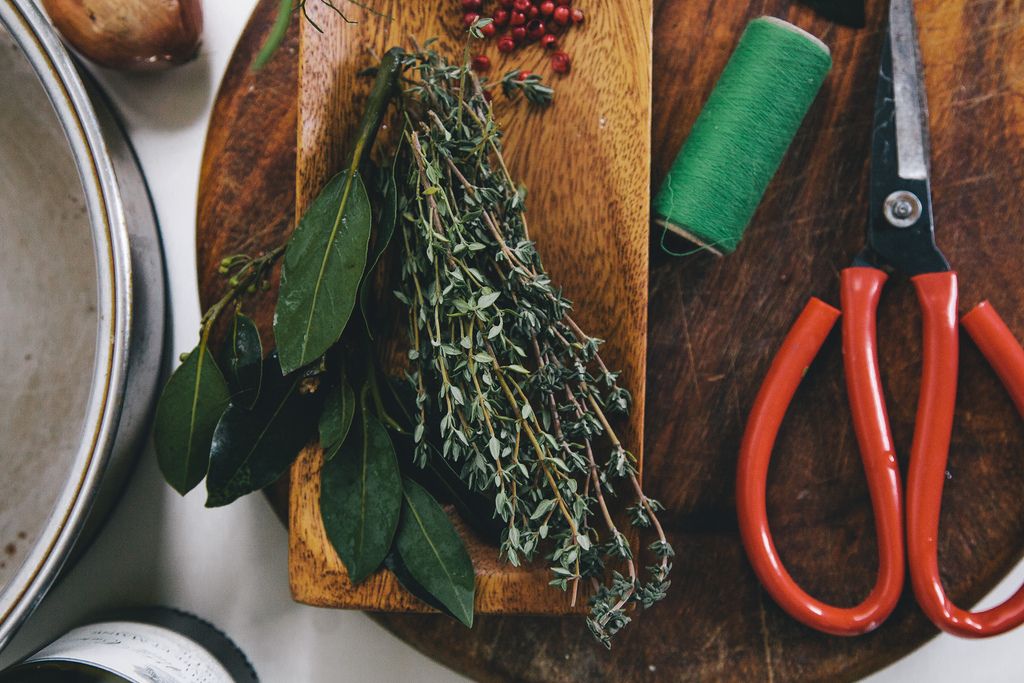

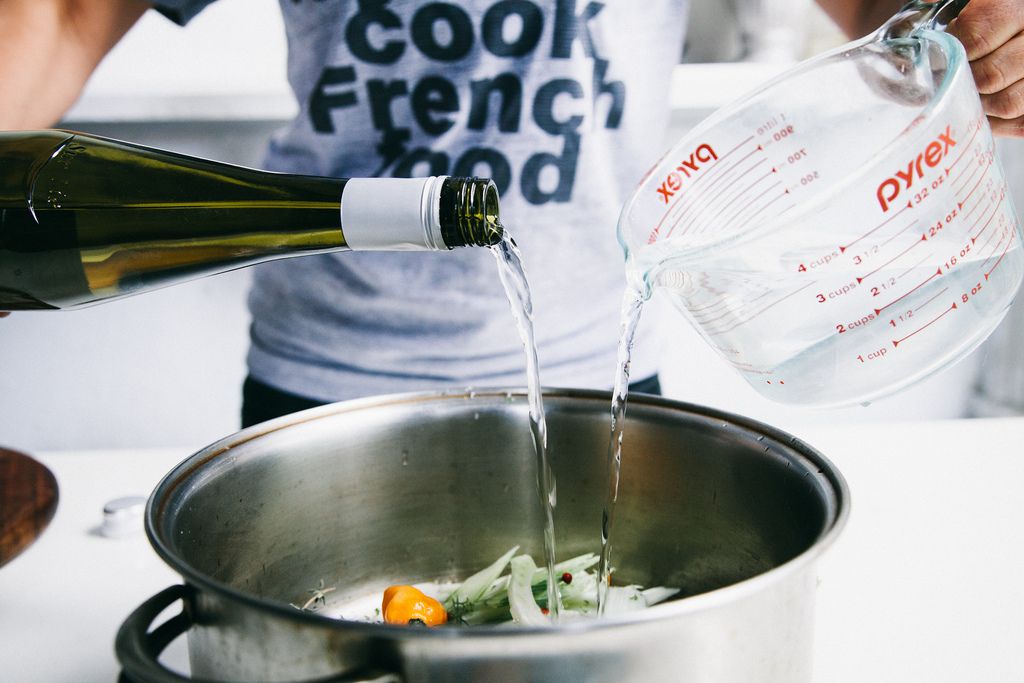
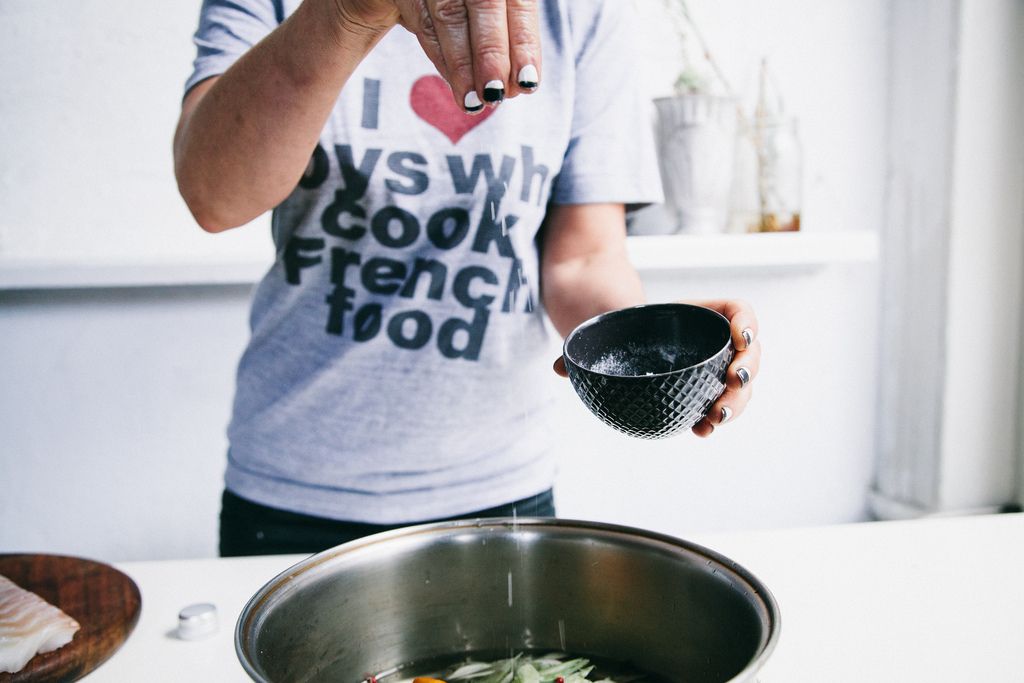
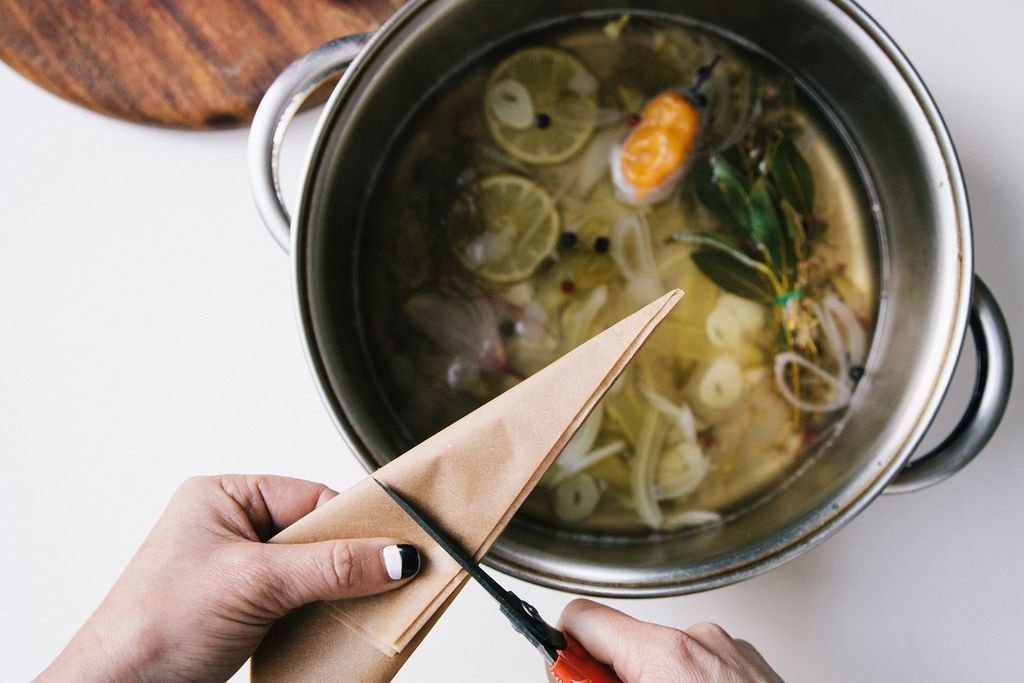
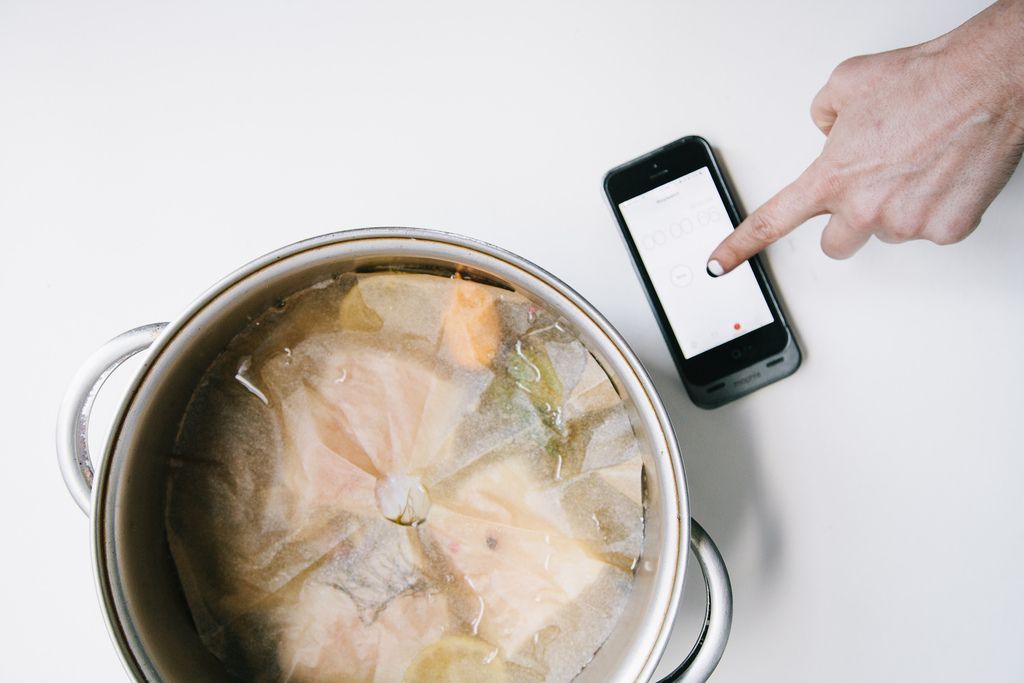
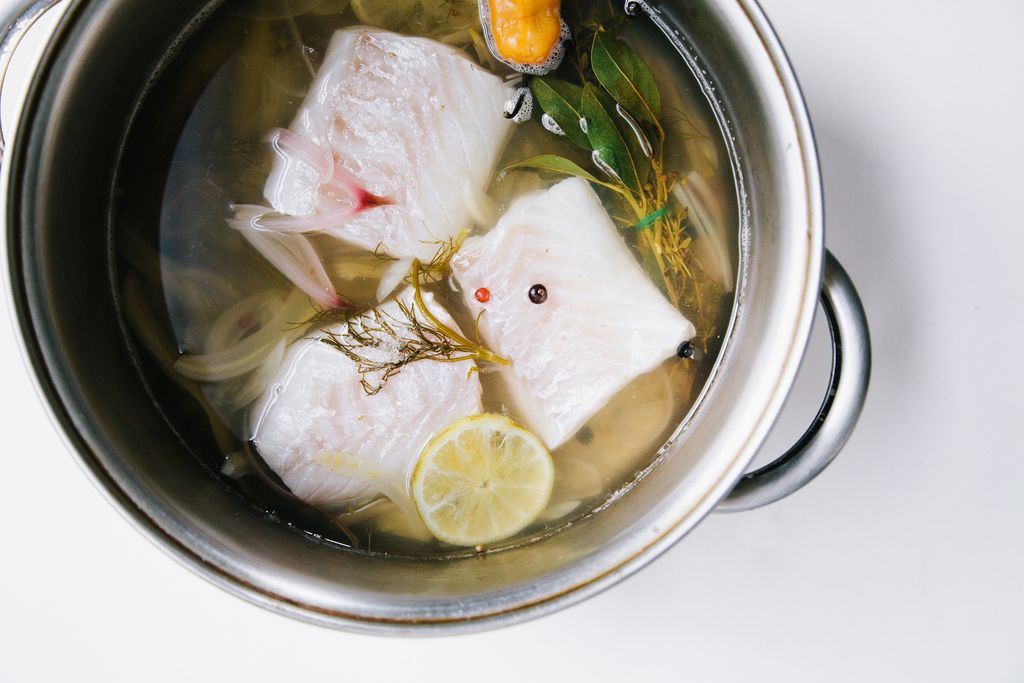
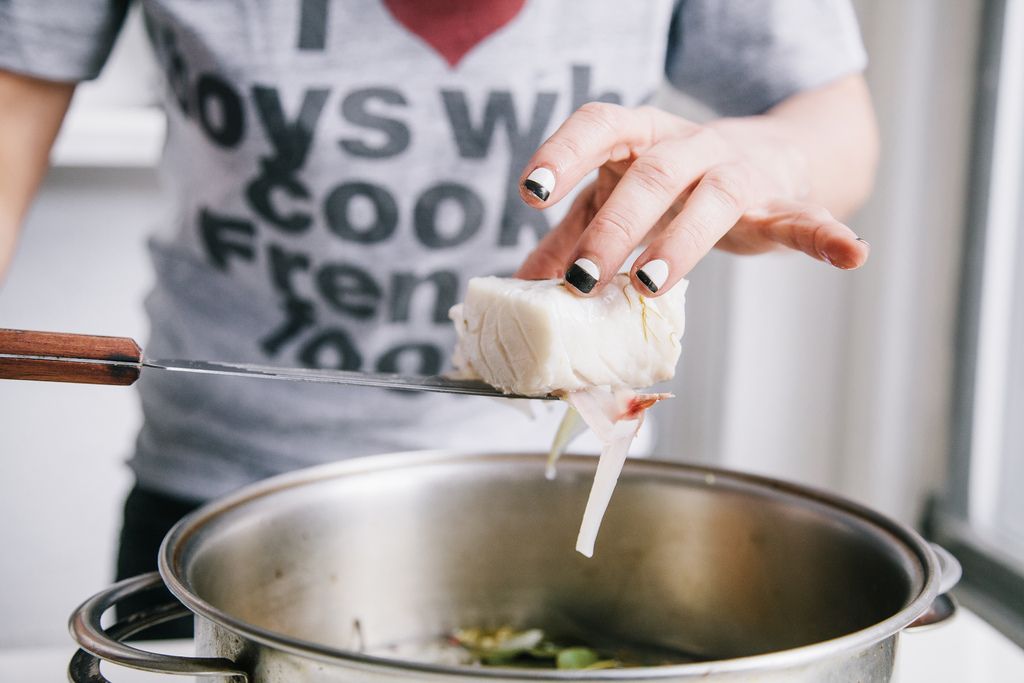

See what other Food52 readers are saying.